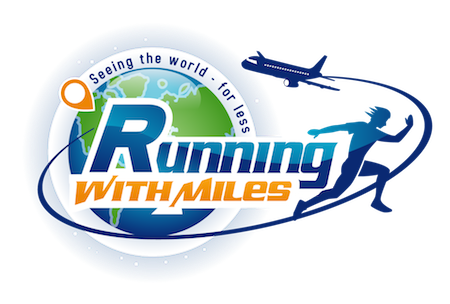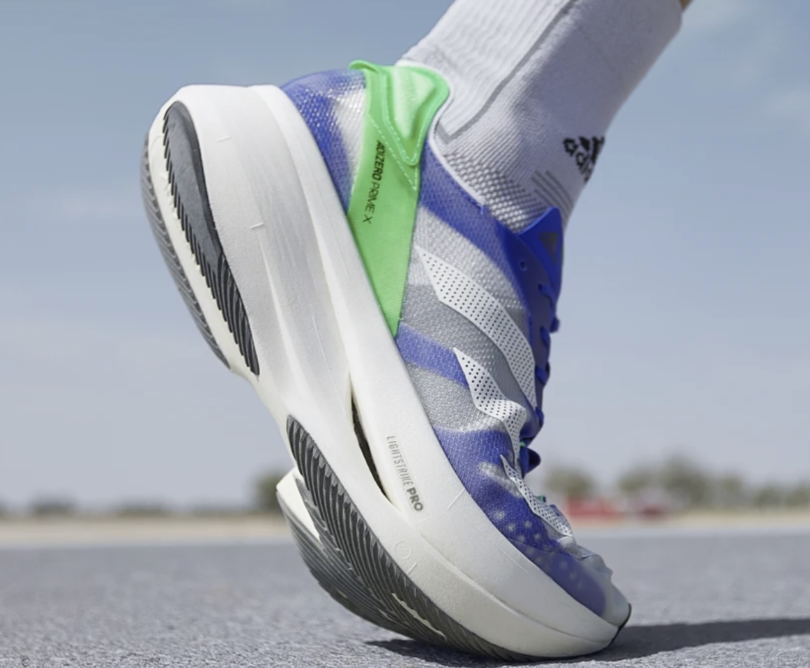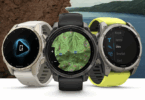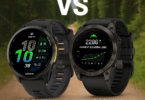Ok, this is an interesting story as the development of running shoes has really grown by leaps and bounds over the years so we will jump in and see exactly what happened at the Vienna Marathon over the weekend!
Winner of Vienna Marathon Disqualified For Shoes
Vienna. Marathon. Fast.
Before we look at the details, let’s look at the where this happened. If “Vienna” and “marathon” sound a bit familiar, it was just two years ago (this October) that the fastest marathon ever was run. Eliud Kipchoge ran a custom course on a marathon of one in an attempt to run the 26.2 mile distance in under 2 hours. He was successful but this did not count as a world record due to many things that this event had that a typical marathon would not. However, he still stamped his mark on marathon greatness as he followed that up with an Olympic Gold Medal at this year’s games in Tokyo.
What Happened at the Vienna Marathon?
Winner disqualified: The initial winner of the Vienna City Marathon had to be disqualified for wearing shoes which are not compliant with the rules. Ethiopia’s Derara Hurisa crossed the finish line first after 2:09:22 …
— Vienna City Marathon (@Vienna_Marathon) September 12, 2021
On September 12, Derara Hurisa crossed the finish line of the Vienna City Marathon in a time of 2:09:22. This was a mere three seconds ahead of Leonard Langat who was eventually crowned as the winner of the marathon.
The ruling that Hurisa was disqualified came about 45 minutes after the tape was broken. The reason? The sole of his shoes were 5 centimeters thick – 1 centimeter more than allowed.
The Rule on Shoes for Running Competition
I am sure many may be thinking, “wait, what?!” Here is what’s happening. Shoe technology has really come a long way in the last few years as elite runners try for every second they can gain in an effort to run faster marathons. Sponsoring shoe companies are only too happy to comply with that search for more efficiency as it helps shoe companies greatly when one of their athletes sets a record, wins a race, etc. The company can than market that shoe to everyday runners who are looking for things like a PR (personal record) or something like a Boston Marathon qualifying time.
But, with the introduction of things like carbon plates in the soles of shoes to help absorb the foot fall and use that energy to help the runner push off more efficiently, rules needed to be established about this shoe technology. Here is what the World Athletics organization (the rule-making body for international track/running events) came to put out as rules as of last year:
- The sole must be no thicker than 40mm.
- The shoe must not contain more than one rigid embedded plate or blade (of any material) that runs either the full length or only part of the length of the shoe. The plate may be in more than one part but those parts must be located sequentially in one plane (not stacked or in parallel) and must not overlap.
- For a shoe with spikes, an additional plate (to the plate mentioned above) or other mechanism is permitted, but only for the purpose of attaching the spikes to the sole, and the sole must be no thicker than 30mm.
In addition, the shoe being used for competition must be available for sale to the regular consumer for at least 4 months before it is used in competition. This prevents prototype shoes from being used in competition. This was in response to Nike’s introduction of their Vaporfly shoes that certainly seemed to give an advantage to runners wearing them. In the type of elite competition that these runners face, even a shoe that gives a 1% improvement in speed would mean helping that Nike athlete to be able to gain a little more than 1 minute in speed at a 2:05 marathon time.
For these elite marathoners, such a win could mean a better contract with their sponsors as well as appearance fees, not to mention the prize purse for coming in first. So, something had to be done even as other shoe manufacturers raced to market with their own carbon-plated soles.
The Violation in Vienna
The shoes that Hurisa had put on his form for the race where different from the ones he actually ran the race with – and the key difference was that the shoes he used were actually 5cm (50mm) thick or 1 centimeter thicker than regulation. This was something that was stressed to the elite runners in pre-race meetings so it was definitely not something that the runner could claim ignorance of.
He is an Adidas runner so my guess is he was running in the Adidas Prime X shoes which are marketed as having the 50mm-high stack, a clear violation of the World Athletics rules for elite runners. If he chose this shoe, he had to know what he was doing. Of course, he could have had it as a training shoe just with him for that reason but runners at this level do not typically just head out to the course without making sure every detail of their running kit is as planned.
Of course, that does not stop you from buying and wearing this shoe! 🙂 It costs $250 and is out of stock at Adidas so maybe Adidas does know what they are doing in manufacturing such a shoe.
Featured image courtesy of Adidas








